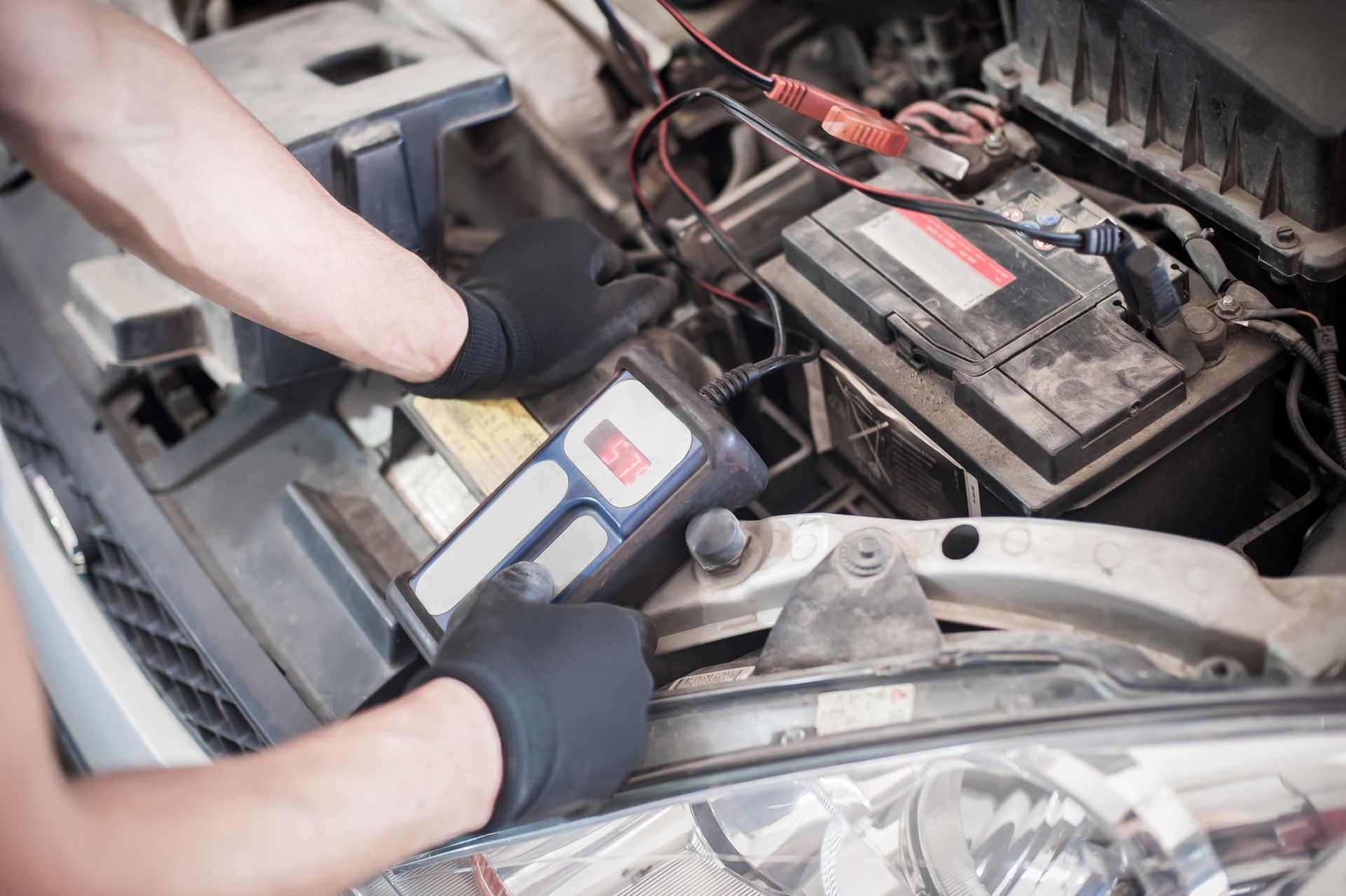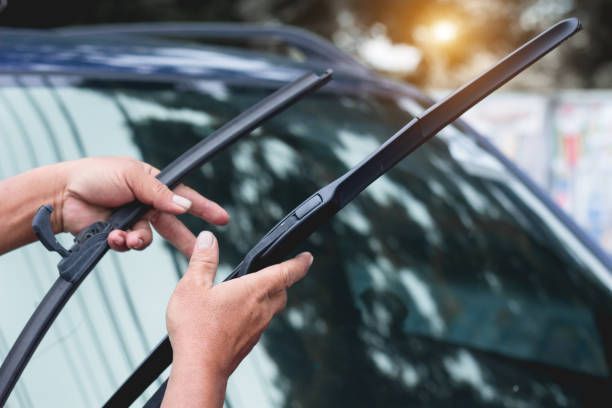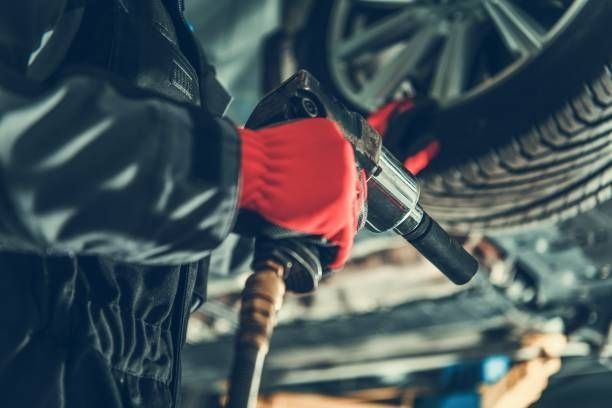9 Step Checklist: Preparing Your Car For Winter
Check your coolant
If you’re using traditional coolant, you’ll need to make sure you have a 50/50 mixture of water and antifreeze to prevent the fluid from freezing in your radiator. Check the ratio using a testing kit or schedule an appointment with AutoMedics to fill the right mixture up to the maximum line.
Check Your Battery
The chemical reactions required to generate power in a car battery slowdown in extremely cold temperatures, and your car requires more current from the battery to start the engine. To avoid a car that won’t start on a cold morning, run a battery load test to see if your battery has enough juice. Check battery cables and terminals for cracks, and make sure the fluid is filled to the top of the cap (if not, fill with distilled water).
Fill Your Wiper Fluid
Winter driving is hard enough—reduced visibility makes it much worse. Having enough wiper fluid is crucial to keeping your windshield free of ice, snow, salt, and mud. Make sure you use freeze-resistant wiper fluid.
Replace Your Wiper Blades
Keeping your windshield free of winter precipitation is a tough job—make sure your wiper blades are up to the task. Most blades are only good for six months to a year, so chances are you need new ones. While you’re at it, you might want to consider choosing a heavy-duty wiper blade specifically designed for winter conditions.
Fill Your Wiper Fluid
Winter driving is hard enough—reduced visibility makes it much worse. Having enough wiper fluid is crucial to keeping your windshield free of ice, snow, salt, and mud. Make sure you use freeze-resistant wiper fluid.
Inspect Your Tires
Tires with worn treads are a serious hazard in winter conditions. If you live in an area that experiences a lot of snowfall, consider getting snow tires, which are made of softer rubber that remains flexible in colder temperatures, and have treads specially designed to keep their grip in snow and ice.
If you have all-season tires, check to make sure the tread is at least 5/32” for the best winter traction. If your tread is less than 2/32”, your tires will offer virtually zero traction in snow and be prone to hydroplaning in rain and should be replaced regardless of the time of year.
Here’s an easy way to test your tread: insert a penny into a tread groove with Lincoln’s head pointing down. If no part of Lincoln’s head is covered, your tires need to be replaced. Flip the penny over and do the same test with the Lincoln Memorial facing down. If any part of the building is covered, your tires are ready to tackle winter weather.
Check Your Tire Pressure
No matter whether your tires are new or older, make sure they’re properly inflated for winter conditions. Cold weather causes air pressure in your tires to drop at a rate of approximately 1 PSI per 10 degrees, so check your tire pressure regularly to make sure it stays at the level recommended by the manufacturer. The usual recommended tire pressure is 30-35 PSI but check your owner’s manual for the exact number. And don’t forget to check your spare!
Change Your Oil
Your engine needs lubrication to run, but cold weather thickens oil and reduces its ability to circulate through the engine, so make sure you have fresh oil to keep things running smoothly. Some experts recommend using a thinner oil during the winter months—consult your owner’s manual or mechanic to see if that approach is right for your car.
Check Your Belts and Hoses
Cold temperatures can weaken the belts and hoses that keep your engine running. Prepare for winter by checking all belts and hoses for cracks or signs of wear and tear and replace them if needed.
Put together an emergency kit to carry in your car
Despite excellent planning, winter weather can still take you by surprise and put you in a dangerous situation. Be ready for the unexpected by equipping your car with emergency supplies including blankets, flares, a jack, a first-aid kit, flashlight, shovel, food, and kitty litter or sand for traction if you get stuck.








